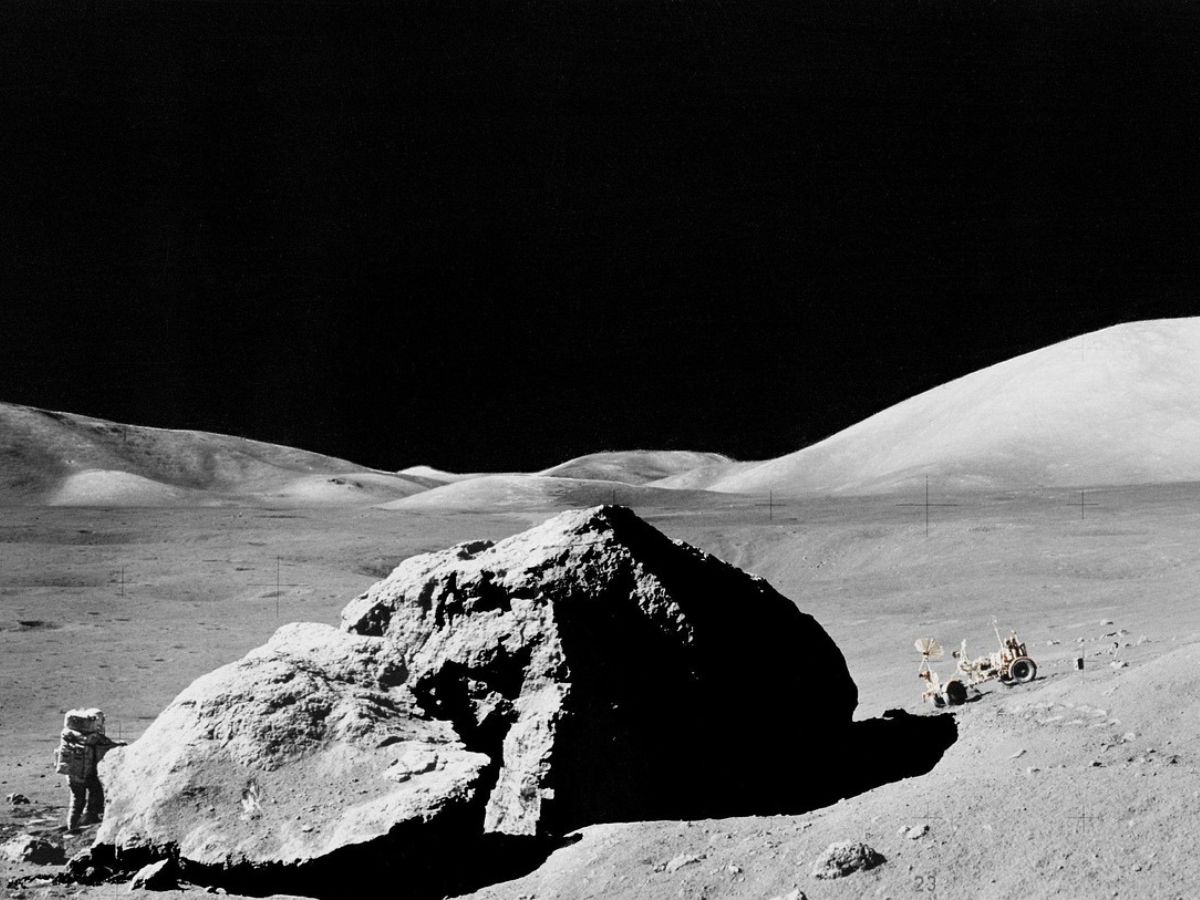When we look at it, the Moon seems inert and uninteresting, but NASA made a strange discovery beneath its surface. And this could be good news for future space expeditions.
Thus, the images taken by the Lunar Reconnaissance Orbiter show caves on the Moon. More precisely, these are craters with shadow zones caused by overhanging rocks, and some of these formations could harbor rock cavities.
This discovery was made possible thanks to fifteen years of sophisticated image processing techniques, and out of more than a hundred listed craters, sixteen are among the most promising. They are located in Mare Tranquillitatis, which is none other than the Apollo 11 landing site, and in Mare Ingenii, located on the dark side of the Moon.
And if this discovery is so important, it is necessary to know that this could be a major asset for future missions to our natural satellite. Indeed, the astronauts who would be located in these formations could be protected from cosmic radiation.
In addition, the weather conditions seem stable in these areas, which would be beneficial for various devices and for everyday life. However, if this discovery is exceptional and can change space exploration forever, it will be necessary to conduct further studies in order to map these formations, evaluate their stability, and analyze their composition.
 Alexis Stegmann – Tech Writer – 326 articles published on Notebookcheck since 2025
Alexis Stegmann – Tech Writer – 326 articles published on Notebookcheck since 2025
I’ve been working in the field of web writing for several years, and I’m passionate about keeping readers up to date with the latest news on astronomy, technology, the world of video games and other exciting subjects. In particular, I’ve had the opportunity to work on a number of websites, which has enabled me to cover a wide range of subjects. In my personal life, I’m passionate about a wide range of subjects, including astronomy, video games, history and science. I’m also drawn to psychology, which is a subject that deserves greater documentation and recognition.

